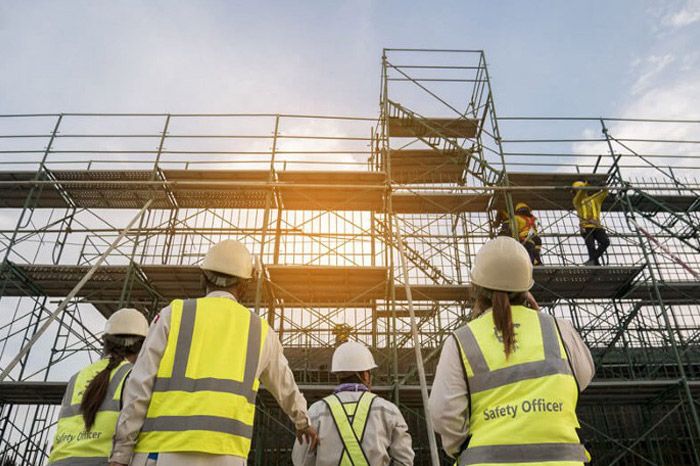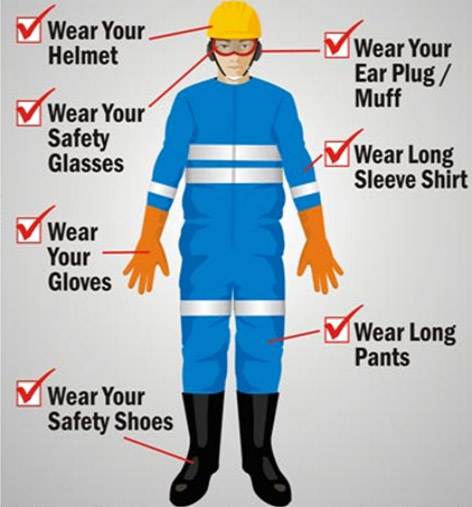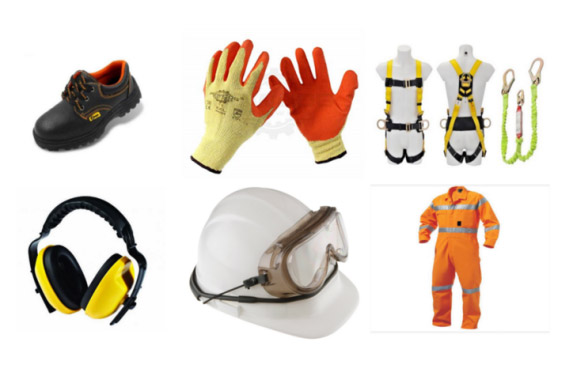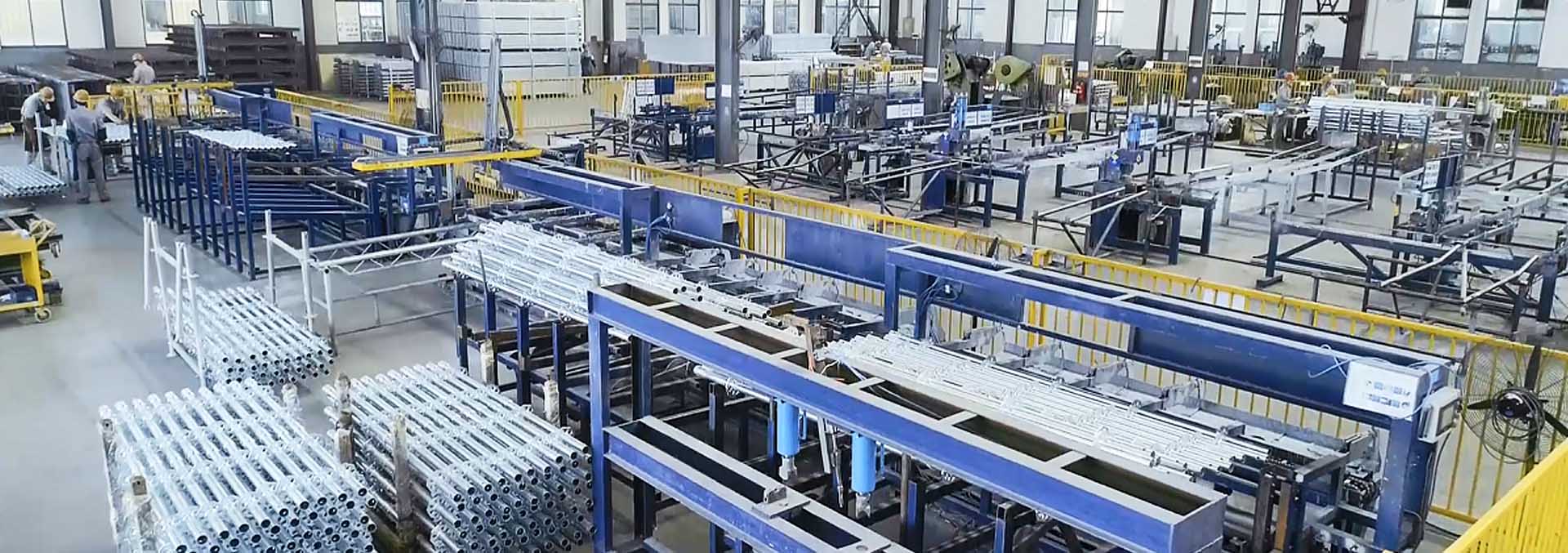Working at height is hazardous work. The hazard here is the height. The threat will be incompetent scaffolders or scaffolding users, inadequate personal protective equipment (PPE) and so on. The top event will be a fall which may lead to paralysis or death.

Safety is very important working at height
It is a requirement of the Work at Height Regulations 2005 that unless a scaffold is assembled to a generally recognized standard configuration, the scaffolding should be designed by a competent person. This is to ensure the scaffold will have adequate strength, rigidity and stability while it is erected, used and dismantled.

For safety, scaffolders and scaffold users have to be on their PPE at all times, there should be a first aid kit available, signages showing the current state of work (this can be in form of warning notices and status tags) and other safety measures to prevent mishaps on-site. The site must be kept in a safe condition when work is not actively going on in the site. Also, the BP of each scaffolder should be checked daily to ensure each scaffolder or scaffold user is in safe condition to work at height.

Personal protective equipment (PPE) used for scaffolding include:

1. Gloves.
2. Safety shoes.
3. Googles.
4. Earmuffs.
5. Overall and reflective jackets.
6. Hard hats.
7. Safety harness.

